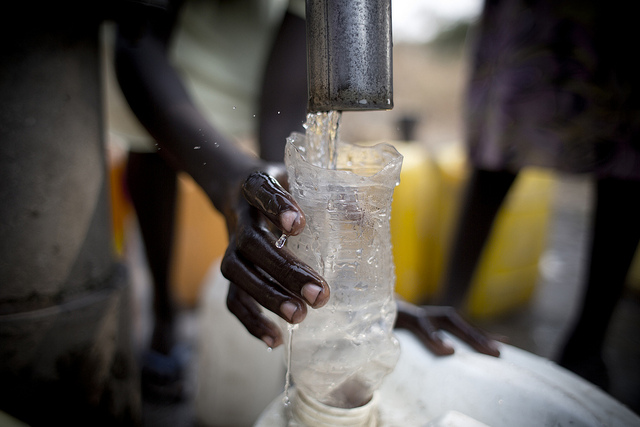Researchers from Washington University in St. Louis have found a way to make dirty water drinkable with a light, affordable biofoam.
The newly developed bi-layered biofoam is made up of a bottom layer of bacteria-produced cellulose, which acts as a sponge and soaks up the dirty water. It then pushes that water to the top layer, which is comprised of graphene oxide. The graphene oxide then works to evaporate the filth, resulting in an end product of clean water.
“We hope that for countries where there is ample sunlight, such as India, you’ll be able to take some dirty water, evaporate it using our material, and collect fresh water,” says Srikanth Singamaneni, co-author of the study. “The beauty is that the nanoscale cellulose fiber network produced by bacteria has excellent ability to move the water from the bulk to the evaporative surface while minimizing the heat coming down, and the entire thing is produced in one shot.”
Because of its affordability and ability to take water from dirty to drinkable, the researchers believe the development could be applied to non-industrialized countries, where the proper infrastructure for producing clean drinking water does not exist.
“While we are culturing the bacteria for the cellulose, we added the graphene oxide flakes into the medium itself,” says Qisheng Jiang, lead author of the study. “The graphene oxide becomes embedded as the bacteria produces the cellulose. At a certain point along the process, we stop, remove the medium with the graphene oxide, and reintroduce fresh medium. That produces the next layer of our foam. The interface is very strong; mechanically, it is quite robust.”
PS: ECS has developed a program to address world sanitation issues. Learn more about the Science for Solving Society’s Problems challenge and see what innovations our scientists are working on in this field.


